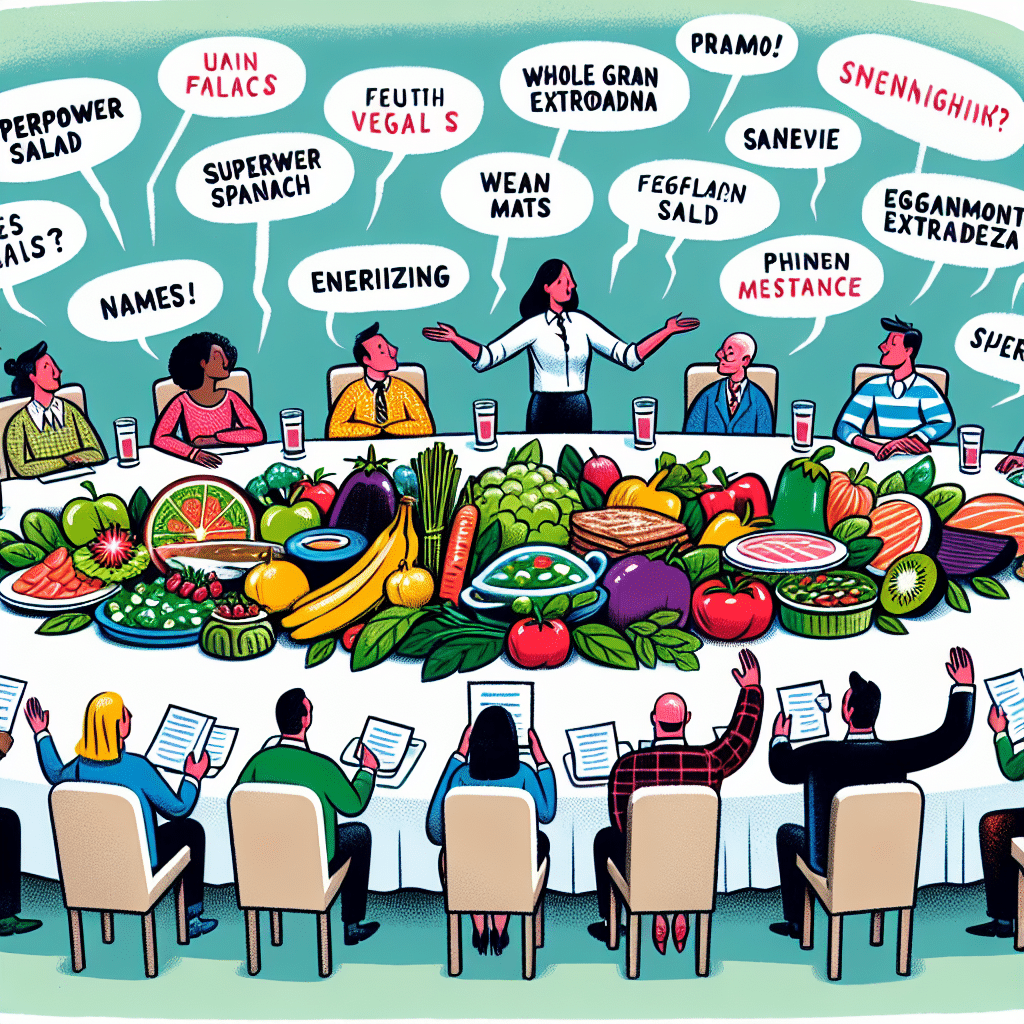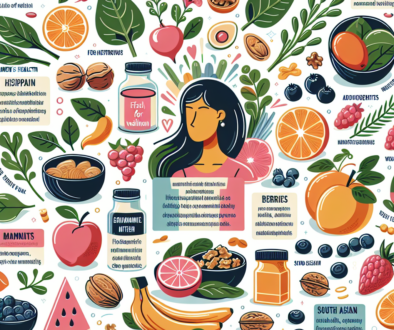The Trick to Getting People to Eat Healthy Food May Just Be How You Name It
-
Table of Contents
- Healthy Eating: The Power of Creative Food Naming
- The Psychology of Food Naming
- Case Studies and Research Findings
- Strategies for Naming Healthy Foods
- Implementing Creative Food Naming
- Challenges and Considerations
- Conclusion: The Art of Naming for Healthier Eating
- Discover ETChem’s Protein Products
Healthy Eating: The Power of Creative Food Naming

Encouraging people to eat healthily can be a significant challenge. Despite the well-documented benefits of a nutritious diet, many still gravitate towards less healthy options. However, recent research suggests that the trick to getting people to choose healthier foods may lie in something as simple as the names given to those foods. This article explores the psychology behind food naming and how it can influence dietary choices, supported by relevant examples, case studies, and statistics.
The Psychology of Food Naming
Food naming is not just a matter of semantics; it’s a marketing tool that can influence perception and behavior. The names given to foods can evoke emotions, create expectations, and even affect our taste buds. For instance, a dish labeled as “succulent Italian seafood fillet” is likely to be more appealing than “fish stick”. This is because descriptive and attractive names can enhance the perceived value of a dish, making it more enticing to consumers.
- Descriptive names can increase the appeal of healthy foods.
- Positive associations with food names can influence choice and consumption.
- Cultural and personal experiences play a role in how food names affect us.
Case Studies and Research Findings
Several studies have examined the impact of creative food naming on healthy eating choices. For example, a study by the Cornell Food and Brand Lab found that when vegetables were given indulgent names, such as “twisted citrus-glazed carrots,” they were chosen by up to 25% more people than when labeled simply as “carrots”.
- A Stanford University study showed that labeling vegetables with trendy names led to a 41% increase in consumption.
- Research indicates that children are more likely to eat foods with fun and engaging names.
- Another study found that people perceive foods with healthier-sounding names as less tasty, suggesting that creative naming can help overcome this bias.
Strategies for Naming Healthy Foods
To leverage the power of naming for healthier eating habits, it’s essential to understand the strategies that make it effective. Here are some approaches:
- Use Sensory Words: Descriptive words that evoke taste, smell, and texture can make healthy foods more appealing.
- Highlight Origins: Names that reflect a dish’s cultural or geographic origins can add an exotic appeal.
- Focus on the Experience: Names that suggest a positive eating experience can be more enticing than those that simply describe ingredients.
- Emphasize Nutritional Benefits: Names that subtly include health benefits can attract health-conscious consumers without turning off others.
Implementing Creative Food Naming
Implementing creative food naming requires a careful balance between being descriptive and not overpromising. Here are some tips for effectively naming healthy foods:
- Understand your audience and what appeals to them.
- Test different names to see which resonate best with consumers.
- Train staff to use the names consistently to reinforce the branding.
- Use menu boards, labels, and marketing materials to highlight the creative names.
Challenges and Considerations
While creative naming can be a powerful tool, there are challenges to consider:
- Names must deliver on their promise, or they can lead to disappointment and mistrust.
- Cultural differences can affect how a name is received and should be considered when naming foods for diverse audiences.
- Regulatory bodies may have rules about food labeling that must be adhered to.
Conclusion: The Art of Naming for Healthier Eating
In conclusion, the way we name healthy foods can significantly impact people’s willingness to choose and enjoy them. By understanding the psychology behind food naming and employing creative strategies, we can make healthy eating more appealing and accessible. The key is to use names that are descriptive, enticing, and honest, creating a positive and memorable eating experience.
Discover ETChem’s Protein Products
If you’re looking to enhance your healthy food offerings with high-quality protein, consider ETChem’s range of collagen products. Their collagens are perfect for various applications, from nutraceuticals to food and beverage products, providing the protein boost your customers are seeking.
About ETChem:
ETChem, a reputable Chinese Collagen factory manufacturer and supplier, is renowned for producing, stocking, exporting, and delivering the highest quality collagens. They include marine collagen, fish collagen, bovine collagen, chicken collagen, type I collagen, type II collagen and type III collagen etc. Their offerings, characterized by a neutral taste, instant solubility attributes, cater to a diverse range of industries. They serve nutraceutical, pharmaceutical, cosmeceutical, veterinary, as well as food and beverage finished product distributors, traders, and manufacturers across Europe, USA, Canada, Australia, Thailand, Japan, Korea, Brazil, and Chile, among others.
ETChem specialization includes exporting and delivering tailor-made collagen powder and finished collagen nutritional supplements. Their extensive product range covers sectors like Food and Beverage, Sports Nutrition, Weight Management, Dietary Supplements, Health and Wellness Products, ensuring comprehensive solutions to meet all your protein needs.
As a trusted company by leading global food and beverage brands and Fortune 500 companies, ETChem reinforces China’s reputation in the global arena. For more information or to sample their products, please contact them and email karen(at)et-chem.com today.




